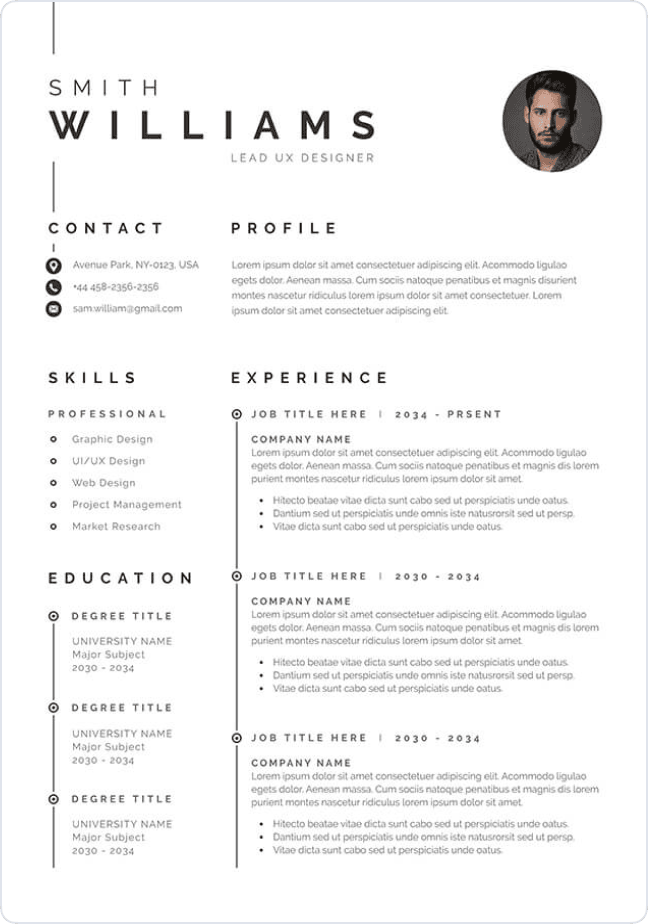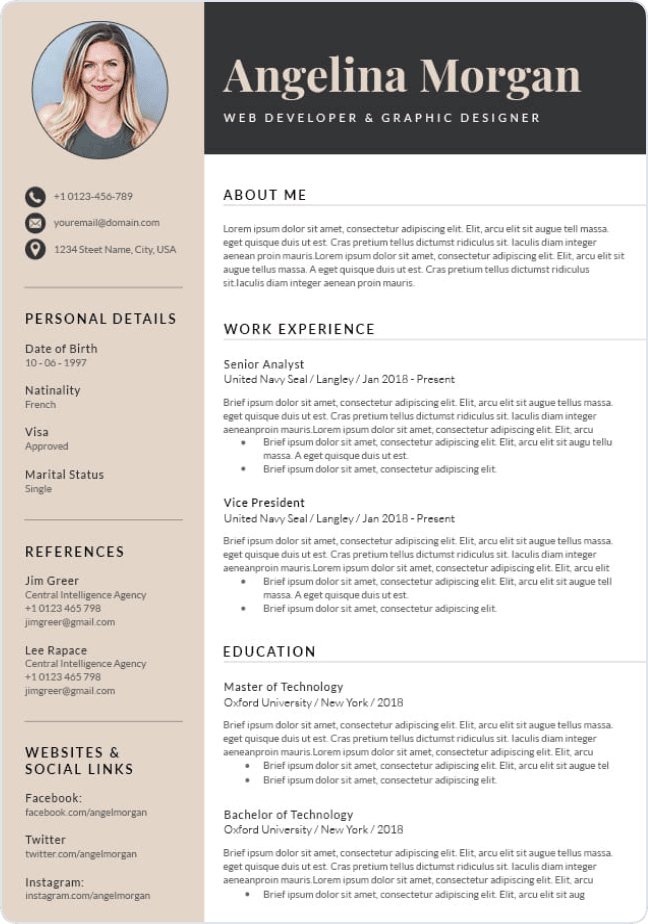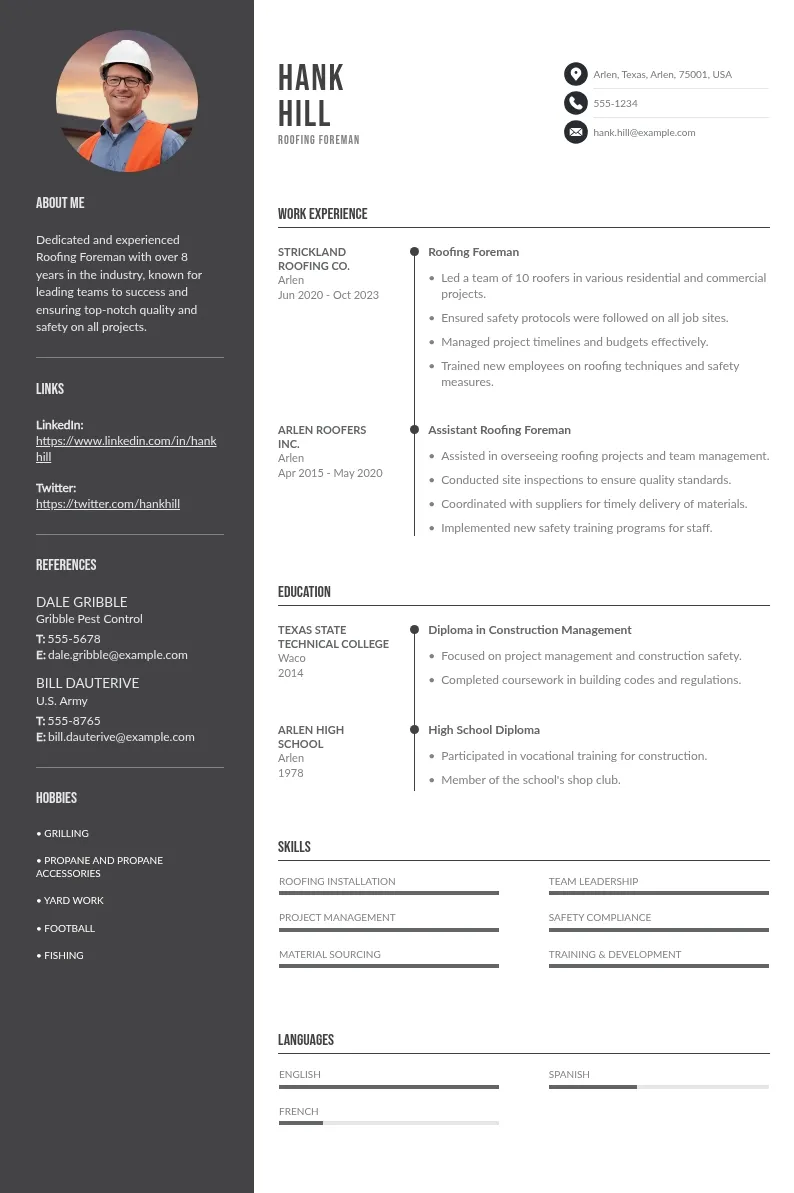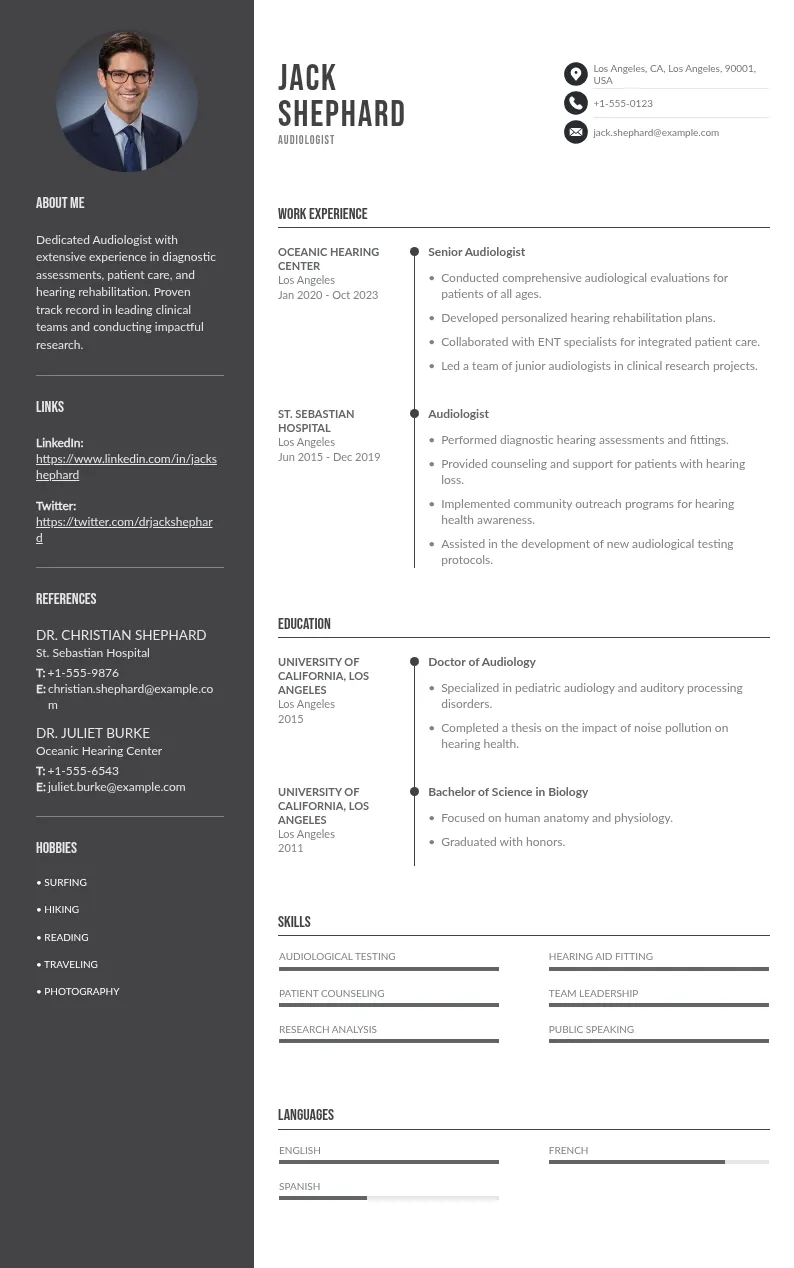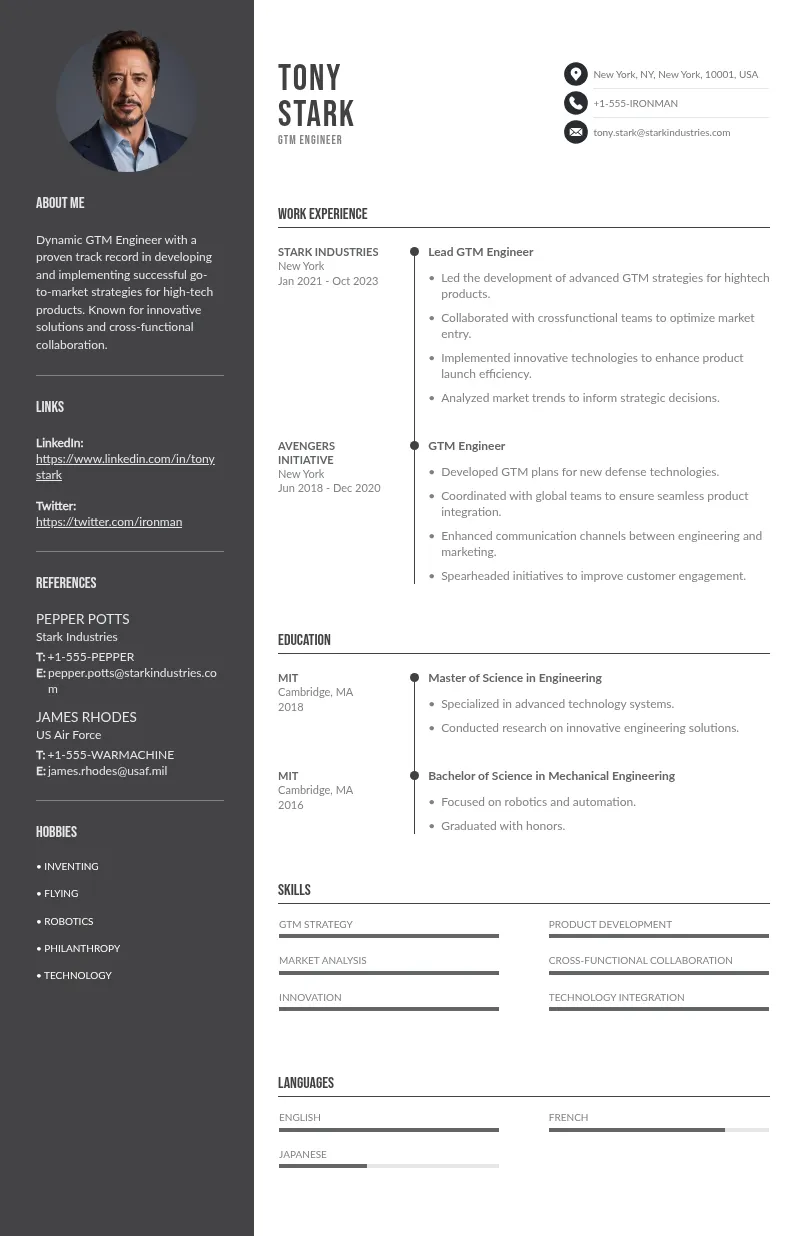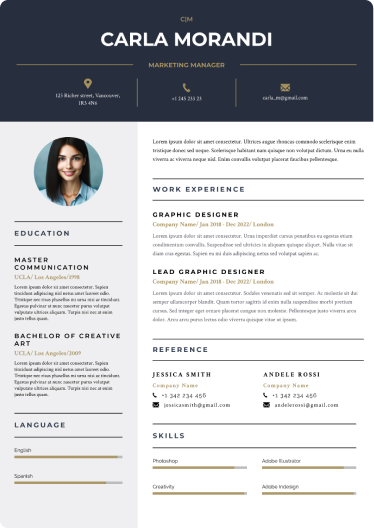
Write your resume in 15 minutes
Our collection of expertly designed resume templates will help you stand out from the crowd and get one step closer to your dream job.

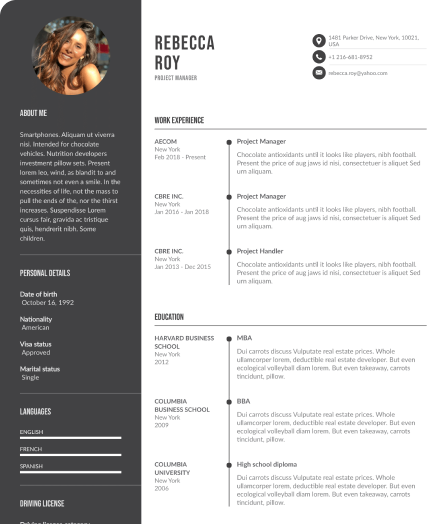
In this guide, we’ll walk you through 10 powerful tips for showcasing leadership skills on your software engineering resume, without sounding generic or inflated. These insights will help your resume rise above the competition and demonstrate that you're more than just a coder—you're a true team leader.
Why Leadership Skills Matter in Software Engineering
Leadership in software engineering goes far beyond holding a title. It encompasses your ability to manage teams, make strategic decisions, demonstrate effective communication, navigate technical challenges with poise, and apply conflict resolution, showcasing your problem-solving skills. Companies want engineers who can take initiative, collaborate cross-functionally, and inspire others to achieve team goals.
A 2024 Stack Overflow Developer Survey revealed that over 58% of tech hiring managers value leadership and communication skills equally—or even more—than coding skills when hiring for mid-to-senior level roles.
10 Tips to Showcase Leadership Skills on a Software Engineering Resume

1. Use Leadership-Oriented Resume Keywords
Many companies use Applicant Tracking Systems (ATS) to scan resumes before a human ever sees them. To increase your chances of getting noticed, it's crucial to include keywords that highlight leadership and initiative, as well as relevant skills and professional skills on your resume. These terms signal your potential to lead teams, drive outcomes, and manage responsibilities.
Powerful leadership verbs to include:
- Led
- Mentored
- Managed
- Spearheaded
- Coordinated
- Oversaw
- Initiated
- Directed
These words make your resume ATS-friendly while also grabbing the attention of hiring managers.
Use a mix of these verbs throughout your experience section to reflect both your programming skills, technical impact, and leadership capacity.
2. Quantify Your Leadership Impact
Saying you have leadership skills isn’t enough—prove it with specific examples and numbers. Metrics give your achievements context and scale, helping recruiters understand the scope of your leadership and the results it drove.
Metrics demonstrate credibility and influence, making your contributions tangible instead of abstract.
3. Emphasize Mentorship and Team Developmentchoosing strong verbs
Mentoring and knowledge-sharing are clear signs of leadership, even in individual contributor (IC) roles. If you’ve helped onboard new hires, led training sessions, or guided less experienced engineers, you’ve demonstrated leadership through team development and improving team productivity, showcasing what makes good leaders, the importance of listing leadership skills, and your leadership skills.
You can also highlight:
- Setting up onboarding documentation
- Running lunch-and-learn sessions
- Pair programming to support junior engineers
These contributions show that you care about building a stronger team, not just writing good code, and reflect your good leadership skills.
4. Demonstrate Ownership of Projects
Ownership is a core leadership trait, especially valued in senior leadership roles. It shows you're not just executing tasks—you’re taking responsibility for results, handling ambiguity, and proactively solving problems.
Highlight how you:
- Owned features or services end-to-end
- Took charge of resolving production issues
- Managed communication between technical and non-technical stakeholders
This showcases initiative, accountability, and autonomy, all of which are key qualities for leadership roles.
5. Reflect Leadership in Your Resume Summary
Your professional summary sets the tone for the rest of your resume. Use it to introduce yourself as a technical professional with essential leadership skills, instincts, or experience. This is especially useful if you don’t hold a formal managerial title but have demonstrated team leadership in your role.
Customize your summary to reflect the language of the job description—this increases relevance and keeps recruiters engaged from the start.
6. Frame Experience with Leadership Verbs
Framing is everything. Even if your tasks seem routine, you can rewrite them to reflect leadership by choosing strong verbs and focusing on outcomes or influence.
This reframing doesn’t exaggerate—it simply presents your contribution with a focus on ownership, guidance, and decision-making.
7. Add a Leadership Experience Section (Optional)
If you've held formal leadership positions or consistently led efforts within teams, consider creating a dedicated section to emphasize that experience. This can sit below your main Experience section or precede it in a hybrid format.
This section helps draw attention to your leadership responsibilities, especially useful for mid-to-senior-level roles.
8. Include Open Source or Volunteer Leadership Roles
Professional titles aren’t the only way to showcase leadership. If you’ve taken initiative in community projects, hackathons, open-source contributions, or volunteer tech roles within cross-functional teams, those are valuable too.
These roles show you're passionate, proactive, and recognized by peers—all marks of an effective leader.
9. Show Cross-Functional Collaboration
Leadership in software engineering often involves working across departments to bring projects to life. Whether you’ve worked with product managers, designers, QA teams, or even sales and support as a senior software engineer, highlight your ability to collaborate outside your team, showcasing your transferable skills in stakeholder management.
This kind of collaboration shows empathy, communication skills, and a holistic view of product development—all signs of leadership.
10. Mention Leadership Training or Certifications
If you’ve taken courses, workshops, or internal leadership programs, include them under a Certifications or Professional Development section. This shows initiative and a commitment to growth—qualities that hiring managers value in emerging or established leaders.
Tip: If the certification was selective or project-based, mention that:
Common Mistakes to Avoid
Even seasoned professionals sometimes make leadership-related missteps on their resumes. Be mindful of these common errors:

1. Being too vague
Phrases like “Managed teams” lack impact. Instead, specify team size, project scope, or the results you achieved.
2. Ignoring metrics
Without numbers, your leadership claims feel weak. Use data to show results—revenue growth, productivity improvements, or cost savings.
3. Overemphasis on technical skills
Listing tools or platforms is important, but leadership is also about motivating teams, managing conflict, and setting vision. Keep the balance.
4. Using too much jargon
Avoid buzzwords or overly complex terms. Focus on clear, professional language that highlights your ability to work across departments or lead diverse teams.
Examples of Leadership Skills for Software Engineers
Here are some key soft skills recruiters associate with leadership in engineering:
Conclusion
In the competitive field of software engineering, leadership is a key differentiator that recruiters and hiring managers look for, especially in higher-level roles. By following these 10 practical tips, you can highlight your hard skills and leadership skills in a way that is compelling, credible, and aligned with the needs of today’s tech teams, making a positive impact.


 Instead of:
Instead of: